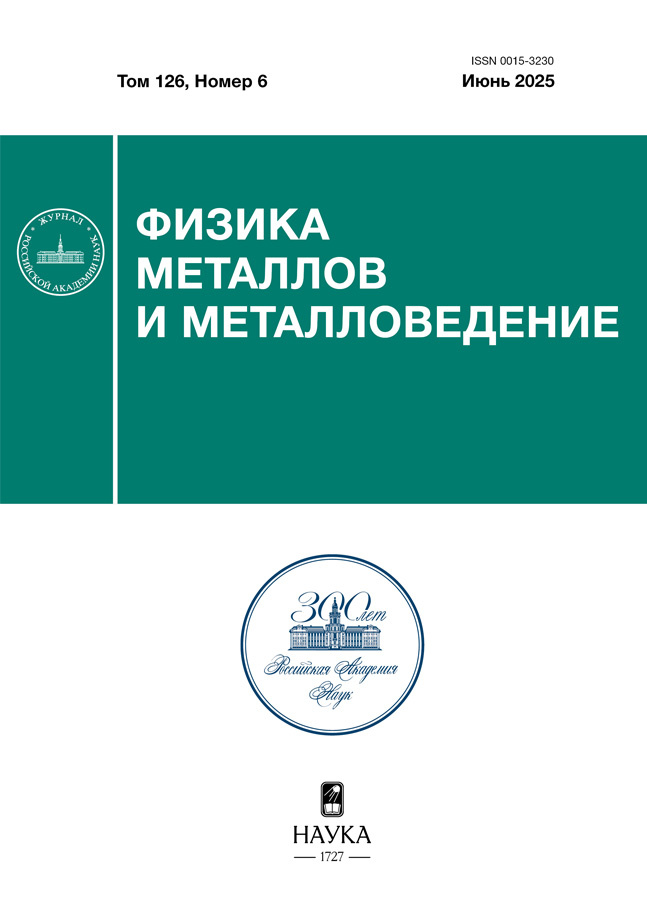DARKEN’S EQUATIONS FOR DETERMINATION OF PARTIAL DIFFUSION COEFFICIENTS IN MULTICOMPONENT SYSTEMS
- Autores: Mosidze A.V.1, Slyusarenko E.M.1
-
Afiliações:
- Lomonosov Moscow State University
- Edição: Volume 126, Nº 6 (2025)
- Páginas: 721-721
- Seção: СТРУКТУРА, ФАЗОВЫЕ ПРЕВРАЩЕНИЯ И ДИФФУЗИЯ
- URL: https://cardiosomatics.ru/0015-3230/article/view/692732
- DOI: https://doi.org/10.31857/S0015323025060101
- ID: 692732
Citar
Texto integral
Resumo
The problem of determination of partial diffusion coefficients in multicomponent systems was solved in this study. Using the Darken’s hypothesis, for each component the equation for the relationship between the partial diffusion coefficients of the components Di and the interdiffusion coefficient Di determined from the concentration curve of each component in multicomponent diffusion pair was obtained. The obtained Darken’s equations coincide in form with the Onsager’s equations for multicomponent systems. It follows that for multicomponent systems n2 diffusion coefficients according to Onsager are functions of n partial diffusion coefficients of the components according to Darken. The operability of the obtained equations and methods for calculating the parameters is tested on a virtual three-component system A+B+C. The calculated values of the partial coefficients reproduce with high accuracy the initial values used to simulate the diffusion process. The technique is applied to a real Co–Mo–W system. For the first time, the partial diffusion coefficients of cobalt, molybdenum and tungsten are determined at 1373 K in the cobalt corner of the Co–Mo–W system. Partial coefficients are used to predict the interaction between cobalt alloys doped with molybdenum and tungsten. The results of the prediction are in satisfactory agreement with the experiment.
Sobre autores
Alexander Mosidze
Lomonosov Moscow State University
Autor responsável pela correspondência
Email: alexander.mosidze@hotmail.com
Student, Faculty of Mechanics and Mathematics
Rússia, Moscow, 119991 RussiaEvgeniy Slyusarenko
Lomonosov Moscow State University
Email: e.slyu@hotmail.com
ORCID ID: 0000-0001-6993-722X
Scopus Author ID: 6602776864
Researcher ID: N-4406-2018
Doctor of Chemical Sciences, Leading Researcher, Faculty of Chemistry
Rússia, Moscow, 119991 RussiaBibliografia
Arquivos suplementares










